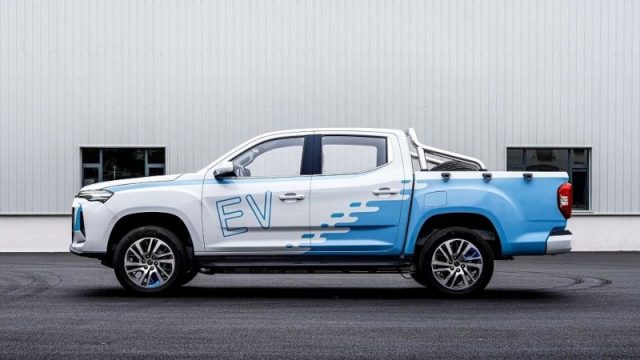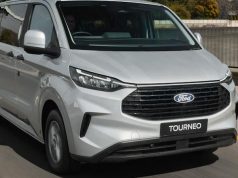Shanghai Automotive Industrial Corporation (SAIC)*, one of the world’s top five electric vehicle (EV) manufacturers, has appointed a South African dealer and distributor to market and sell its commercial EVs. The newly formed mobility business, named MAXUS Electric Vehicles, will focus exclusively on the EV market.
MAXUS Electric Vehicles will offer urban logistics fleets access to EVs that help them to reduce total cost of ownership. Early customers in South Africa, such as retail group Woolworths and logistics provider DSV, working with MAXUS’ leasing partner Everlectric, have already covered over a million kilometres.
Vastly reduced running costs
Since electric motors are highly efficient, charging EVs emit less carbon dioxide than combustion engines – even when running on Eskom’s coal-fired electricity. But the biggest motivator for local commercial enterprises will be vastly reduced running costs. An electric delivery van will cost around 40 c/km to run, compared to around R2/km for a combustion vehicle. The low-maintenance nature of EVs also reduce downtime.
MAXUS will initially focus on the Gauteng market, with the opening of one of South Africa’s first all-electric vehicle dealerships, showrooms and service centres in Menlyn, Pretoria. Launches will follow in Cape Town, Durban and other metropolitan areas. Financing is available from major commercial banks.
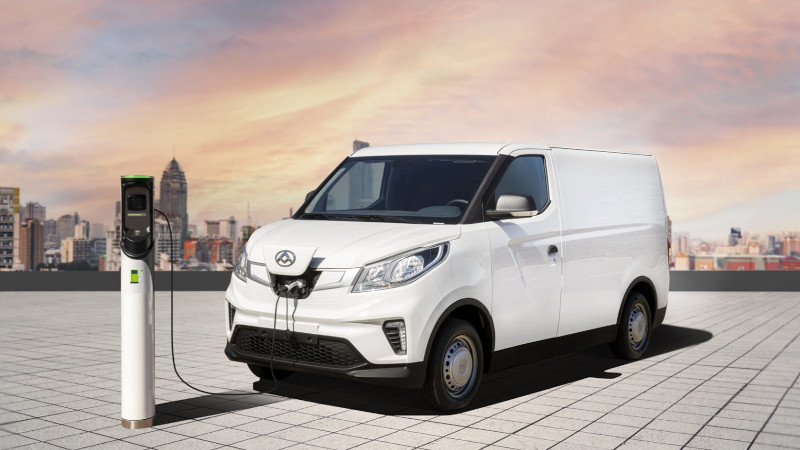
MAXUS will initially offer three commercial EV models to the South African market:
eDeliver 3 Panel Van
According to a statement, the MAXUS eDeliver 3 Panel Van (shown below) has a range of up to 244-344 km, a cargo volume of 4.8 m³, and a payload of up to 945 kg. It has been extensively tested and validated in South Africa over the past 24 months with MAXUS’ leasing partner, Everlectric, according to a spokesperson for the company.
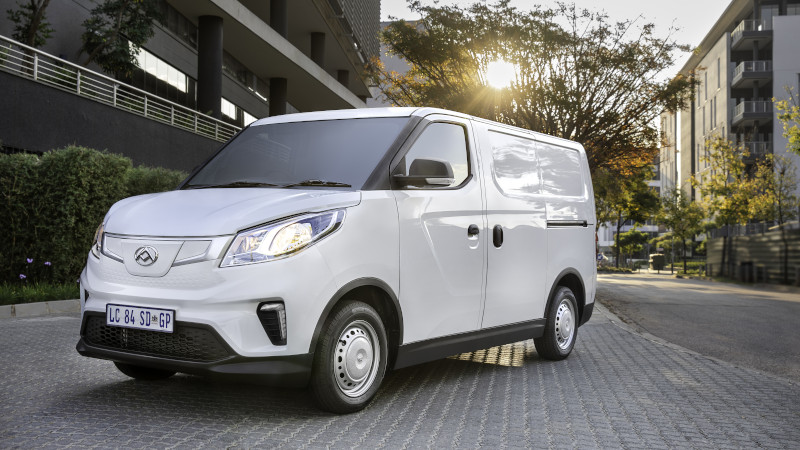
eDeliver 3 Chassis Cab
The MAXUS eDeliver 3 Chassis Cab (pictured below) allows customers to fit a range of commercial bodies onto the long-wheel-base chassis. These include drop-side load bins, space saver cargo canopies, refrigeration and temperature-controlled bodies. It can be ordered for delivery later this year.
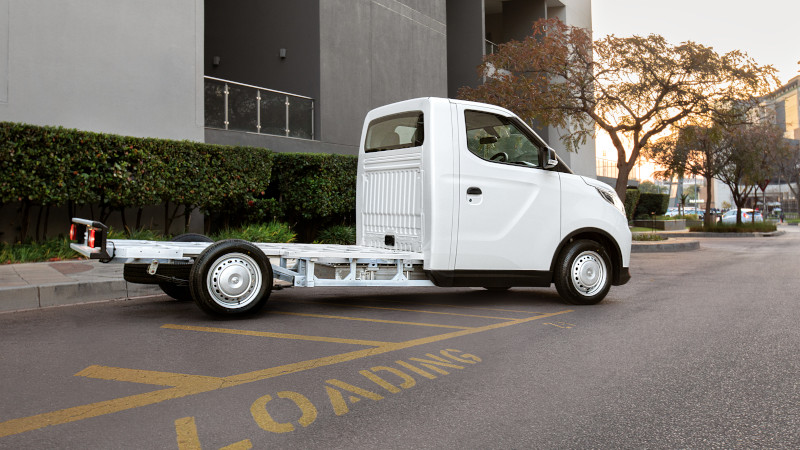
MAXUS T90EV double cab
The MAXUS T90EV, which can be ordered for delivery in late 2023, will be the first electric double-cab bakkie on sale in South Africa. With a range of 354 km and a one-ton payload, it provides a practical alternative to 4×2 combustion double cabs in industries like mining, private security, and farming.

MAXUS says its vehicles have sufficient range for commercial operations. The vehicles already on the road are charged from the grid or using solar PV panels. Most often, charging will happen at clients’ facilities, but clients can also charge MAXUS vehicles at the DC fast chargers available across South Africa. The local dealership and its partners have also created a grid-tied charging infrastructure with solar micro-grids to support customers.
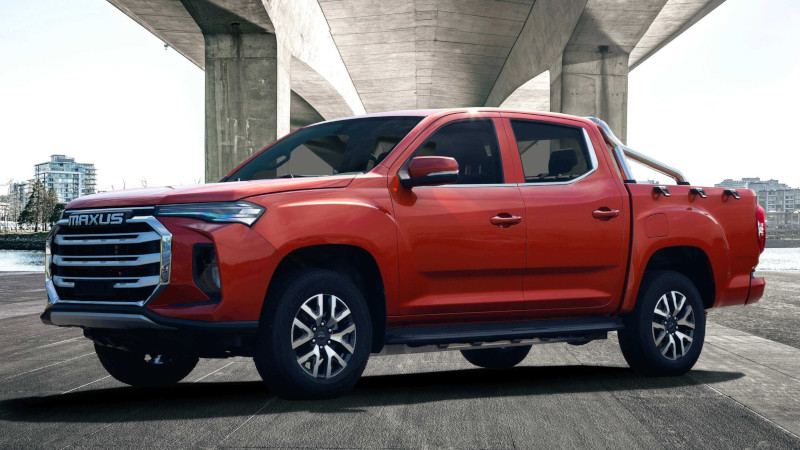
Winds of change
According to MAXUS, the global EV market is reaching its tipping point, with Morningstar forecasting that EVs will account for 40 percent of global auto sales by 2030 – more than five times the number of EVs sold in 2022. “However, growth in South Africa has been slow because high upfront prices have dampened enthusiasm in the consumer market for EVs,” the company stated.
“It is testimony to the efficiency of commercial EVs that they outshine traditional internal combustion engine fleets in terms of operational costs – despite the ad valorem taxes added to EV imports in South Africa,” said Ndia Magadagela, CEO of MAXUS Electric Vehicles. “Lower duties could help to encourage faster adoption of commercial EVs and shape a cleaner energy future,” Magadagela (pictured below) added.

*SAIC produces and sells vehicles under its own branding, such as Maxus, MG, and Wuling, as well as under foreign-branded joint ventures such as SAIC-Volkswagen (Volkswagen, Skoda, Audi).
[mailchimp_list]


